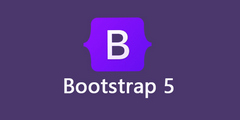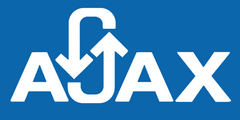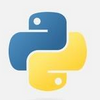Why does sys.getrefcount() return 2?(为什么 sys.getrefcount() 返回 2?)
问题描述
据我了解,sys.getrefcount() 返回对象的引用数,在以下情况下应该"为 1:
As I understand, sys.getrefcount() returns the number of references of an object, which "should" be 1 in the following case:
import sys,numpy
a = numpy.array([1.2,3.4])
print sys.getrefcount(a)
然而,结果是2!所以,如果我:
However, it turned out to be 2! So, if I:
del a
numpy.array([1.2,3.4])"对象是否仍然存在(没有垃圾回收)?
Will the "numpy.array([1.2,3.4])" object still be there (no garbage collection)?
推荐答案
当你调用 getrefcount() 时,引用按值复制到函数的参数中,暂时增加对象的引用计数.这就是第二个引用的来源.
When you call getrefcount(), the reference is copied by value into the function's argument, temporarily bumping up the object's reference count. This is where the second reference comes from.
这在文档中有解释:
返回的计数通常比您预期的高 1,因为它包含(临时)引用作为参数getrefcount().
The count returned is generally one higher than you might expect, because it includes the (temporary) reference as an argument to
getrefcount().
关于你的第二个问题:
如果我del a",numpy.array([1.2,3.4])"对象是否仍然存在(没有垃圾回收)?
If I "del a", will the "numpy.array([1.2,3.4])" object still be there (no garbage collection)?
当 getrefcount() 退出时,数组的引用计数将回到 1,随后的 del a 将释放内存.
By the time getrefcount() exits, the array's reference count will to back to 1, and a subsequent del a would release the memory.
这篇关于为什么 sys.getrefcount() 返回 2?的文章就介绍到这了,希望我们推荐的答案对大家有所帮助,也希望大家多多支持编程学习网!
本文标题为:为什么 sys.getrefcount() 返回 2?


基础教程推荐
- 在同一图形上绘制Bokeh的烛台和音量条 2022-01-01
- 无法导入 Pytorch [WinError 126] 找不到指定的模块 2022-01-01
- 使用大型矩阵时禁止 Pycharm 输出中的自动换行符 2022-01-01
- 在Python中从Azure BLOB存储中读取文件 2022-01-01
- Plotly:如何设置绘图图形的样式,使其不显示缺失日期的间隙? 2022-01-01
- 修改列表中的数据帧不起作用 2022-01-01
- PermissionError: pip 从 8.1.1 升级到 8.1.2 2022-01-01
- 包装空间模型 2022-01-01
- PANDA VALUE_COUNTS包含GROUP BY之前的所有值 2022-01-01
- 求两个直方图的卷积 2022-01-01












